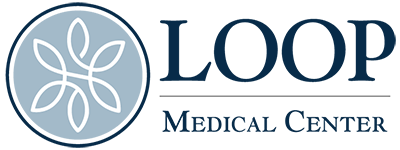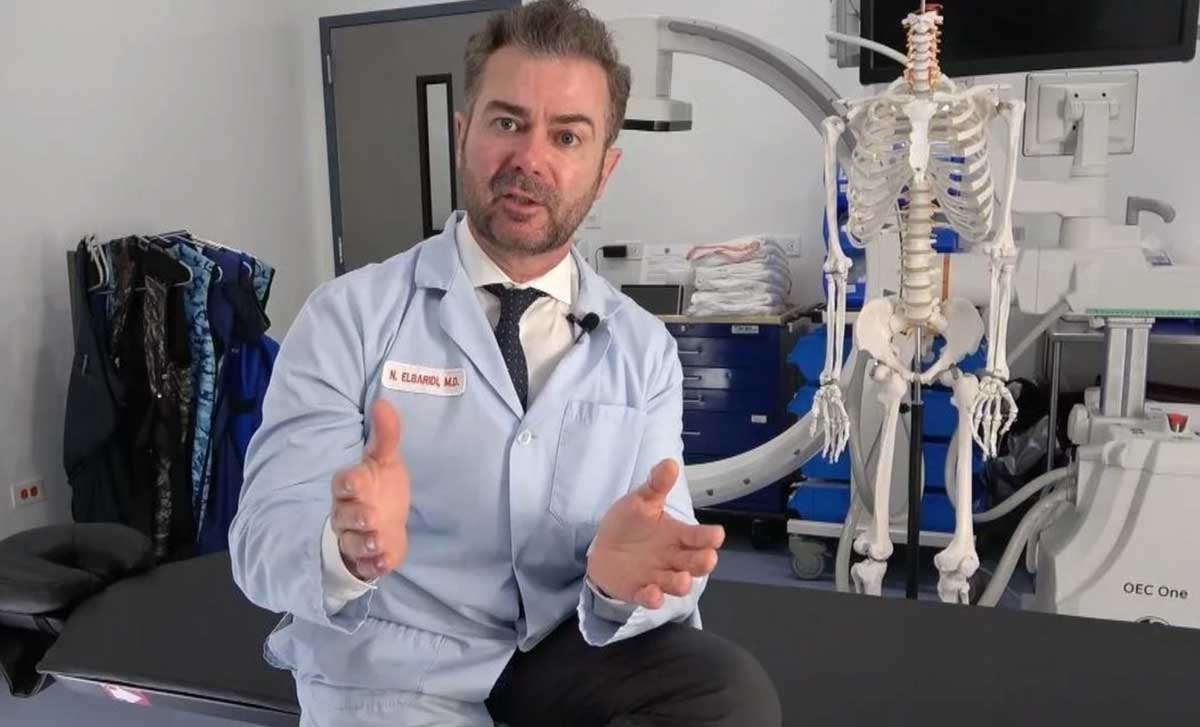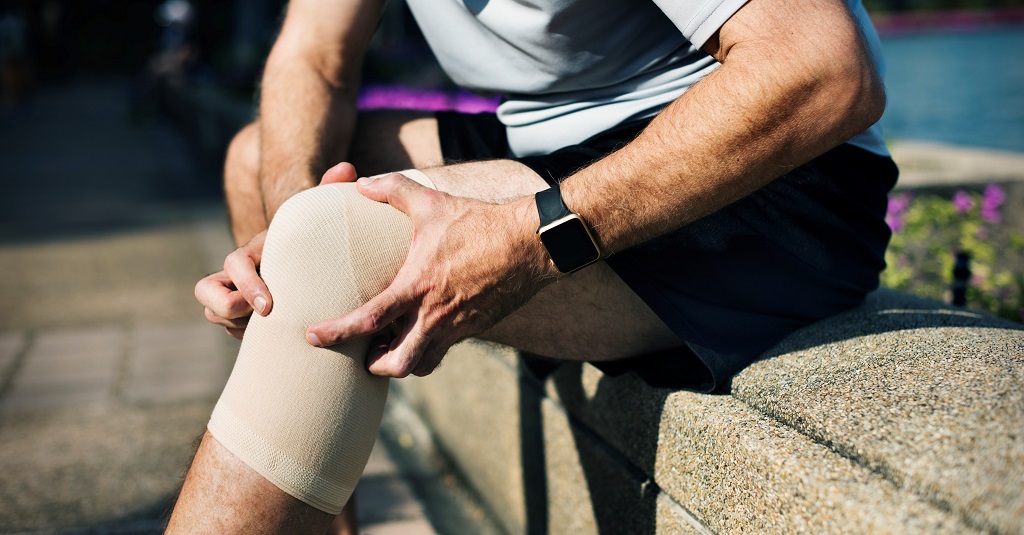Here you can cure pain from arthritis, migraines, injuries and varicose veins, beautify your face…
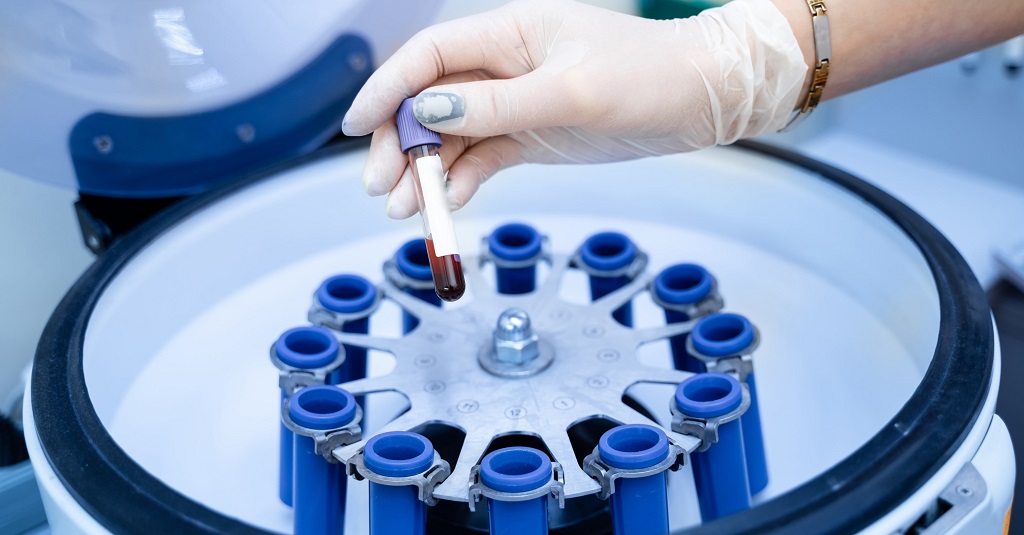
Potential for The Treatment of Numerous Conditions
Regenerative medicine has the potential to affect a whole range of diseases. Regenerative medicine uses various specially grown cells, tissues, and laboratory-made compounds to replace or enhance the body’s natural healing and regeneration processes. Platelets have been shown to strongly influence the biology of progenitor cells and to serve as regenerative cells themselves. They are an important recruitment factor for progenitor cells.
Platelets Numerous Roles
Platelets are small blood cells whose primary role in the body is to form clots in order to stop bleeding. One drop of blood contains between 1,500,000-4,000,000 platelets. They are produced in the bone marrow along with white and red blood cells.

However, in addition to their role in stopping bleeding, platelets contribute to the activation and functioning of mechanisms that affect both wound healing and tissue regeneration, such as various inflammations, angiogenesis, proliferation, and cell differentiation.
A Key Role in Regeneration
Platelets have a lifespan of about 10 days. They are synthesized by megakaryocyte cells in the bone marrow and about 10% of platelets are renewed daily. Old and damaged platelets are cleared from the blood by phagocytes in the liver and spleen. When platelets are activated after vascular injury, they change their discoid shape to a more spherical morphology with pseudopods and release their granular contents. This affects not only the process of coagulation and hemostasis but also the regeneration of tissues.
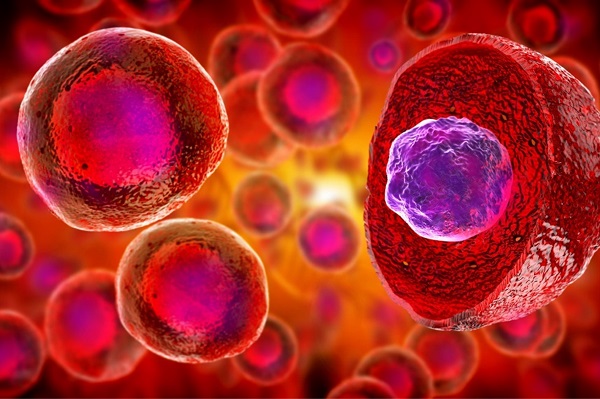
Activation of platelets, with the simultaneous release of their granular content, occurs simultaneously with coagulation or thrombosis. The natural participation of platelets in hemostasis and tissue regeneration has led to the development of products that could help in these processes. Many platelet-derived bioactive proteins play a key role in these processes. Therefore, autologous platelet preparations are increasingly used in many areas of regenerative medicine. Among them is platelet-rich plasma (PRP), an autologous or allogeneic whole blood derivative that contains a supraphysiological platelet concentration, due to its potential use as a regenerative therapy.
PRP Stimulates Tissue Regeneration
Due to the variety of uses and numerous studies conducted, PRP is probably the main product based on platelets that is being investigated for the purpose of tissue regeneration. PRP is a low-volume platelet concentrate obtained after whole blood centrifugation to obtain plasma. Plasma is a liquid part of the blood that consists mainly of water and protein. It allows red and white blood cells and platelets to move through the bloodstream.
Growth Factors for Tissue Regeneration
Platelet-rich plasma (PRP) is defined as an autologous product, obtained from a patient’s own blood, with a high concentration of platelets containing numerous growth factors.
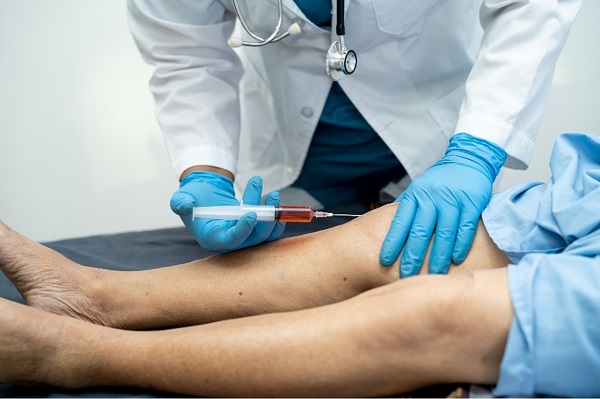
These growth factors that affect tissue regeneration are also present in plasma. In the context of tissue engineering and regeneration, the term PRP refers to the concentration of platelets in plasma above the regular range, which can be injected at the treated site to stimulate and accelerate regeneration. PRP in clinical use contains a platelet concentration about 5 times higher than physiological levels.
Book consult and find out what your options are for PRP treatments.
